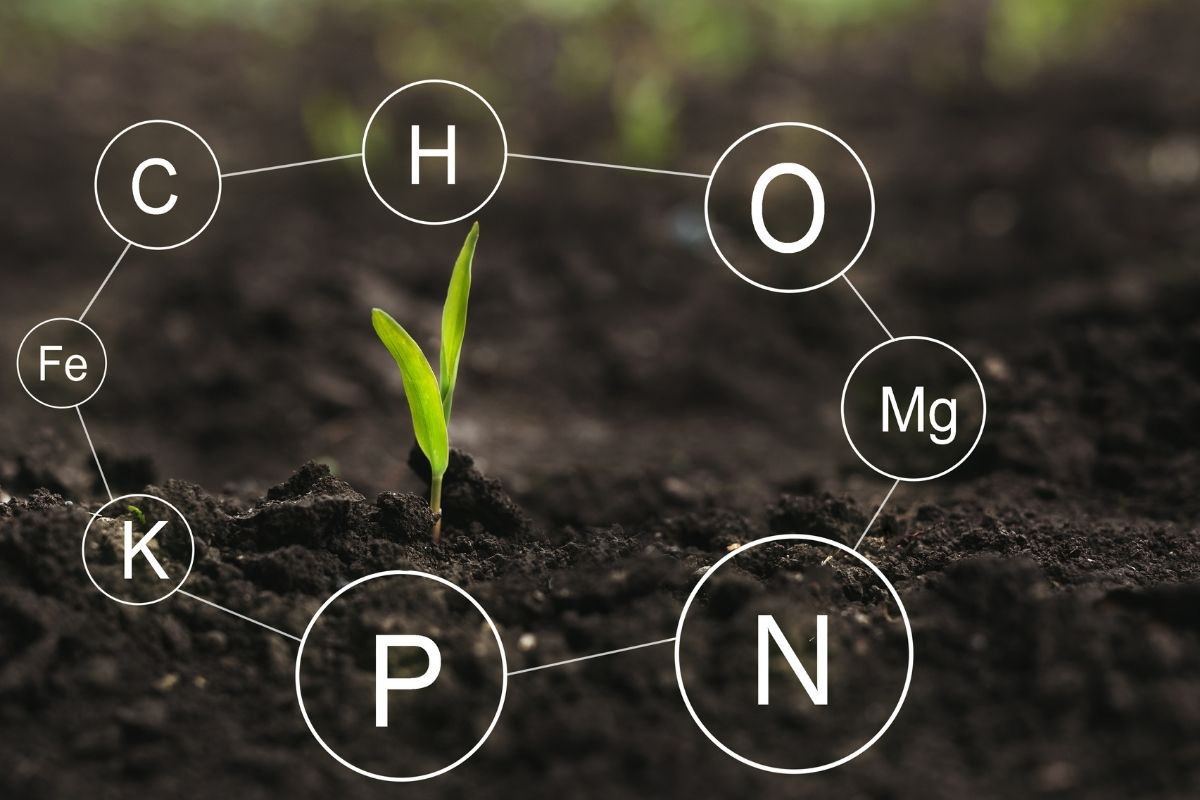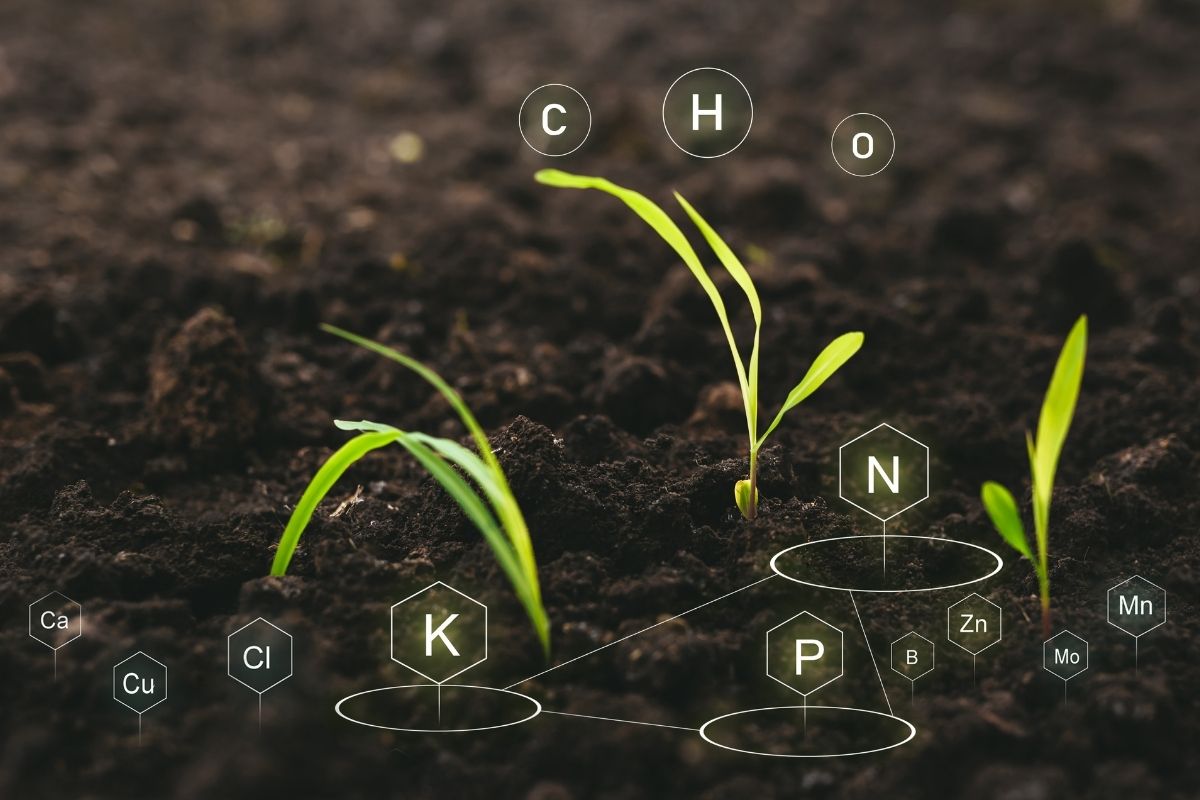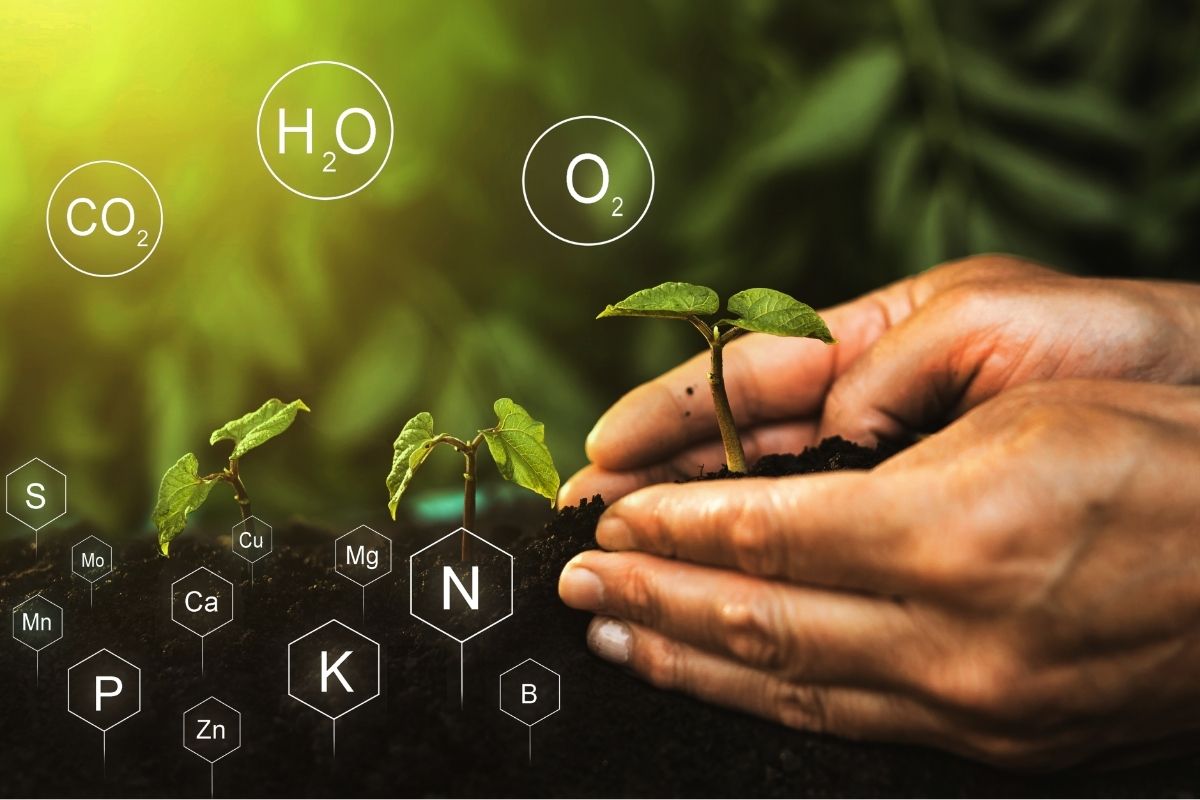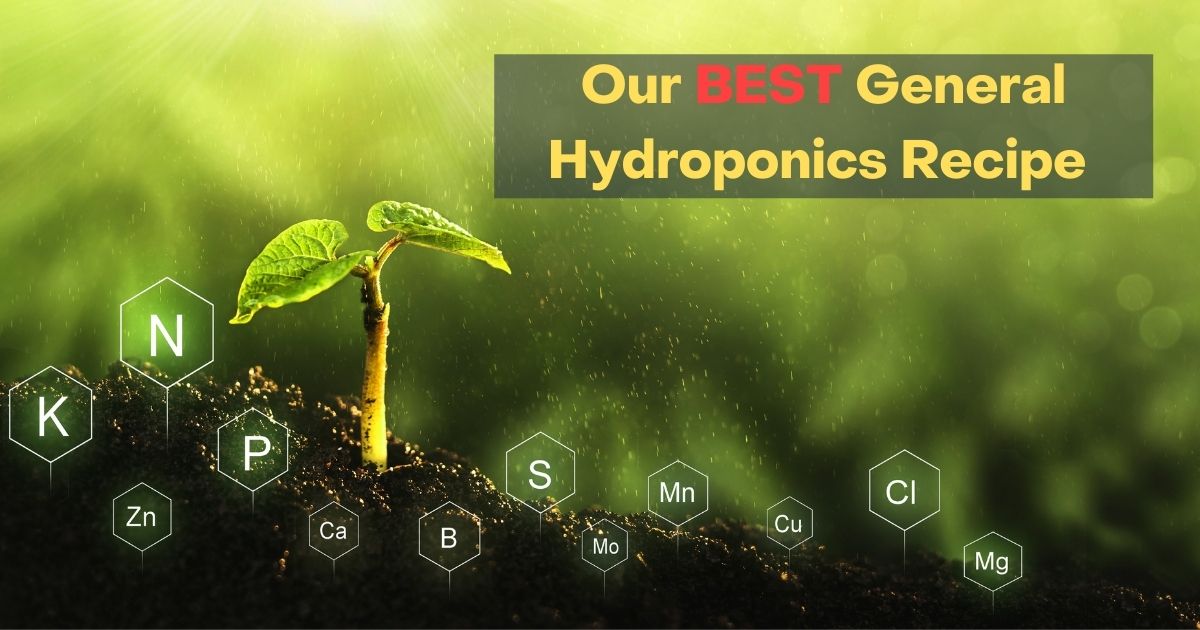What is General Hydroponics?
General Hydroponics, also known as GH, is a plant nutrient and hydroponics supplier based in California. We will look at the best general hydroponics recipe in this article. The Flora Series Nutrient Package is their most popular product; it is by far one of the best fertilizers you can feed your plants, whether you grow them indoors, outdoors, hydroponically, or in any other way.

Considerations to Take When Selecting Nutrients
When choosing your nutrients, there are a few things to keep in mind:
- Base nutrients: Every nutrient brand has a “base.” This is usually a three-part (grow micro bloom) or two-part (A+B) formula. Do not combine Part A of one brand with Part B of another.
- Additives: These are the extras that can give your growth a competitive advantage. Many of the additives, however, are either overpriced or unnecessary. Over the last few years, I’ve discovered a few additives that I consider essential and would not be without. In addition, you are allowed to mix additives from one brand with the base of another—more on this below.
- Synthetic vs. organic: Use synthetic nutrients for recirculating hydroponics such as Rockwool or DWC. Organic nutrients in a hydroponic system can go awry. Synthetic nutrients are designed to absorb them immediately, whereas organic nutrients may take longer to benefit the plant. Organic grows to produce slightly better tasting products and take longer to flower. We will be discussing synthetic nutrients from General Hydroponics.
- Important note regarding EC and PPM: EC is an abbreviation for electrical conductivity. When we mix our nutrients, this is the only way we can measure the nutrient concentration. An “EC meter” is used to measure the “EC,” which is then converted to “PPM” or “parts per million” in the United States. The majority of other countries use “EC.” The conversion to PPM is only an estimate, and it is complicated further by meters with different conversion rates (500 or 700). For example, use a conversion rate of 700. So, if the meter reads 1.2, the PPM will be 1.1 x 700 = 770PPM.
What is in the General Hydroponics Flora Series
The three different types of nutrients in the line are listed below. Each one is for the various stages of growth, and they all contribute to the overall package of the GH flora series. This nutrient line contains synthetic nutrients such as:
Flora Micro
FloraMicro serves as the foundation for the entire Flora series. It’s the one that gives your cannabis plants the essential micronutrients they need. These are the foundational elements upon which the plant will grow. Flora micro feeds your plants nitrogen, calcium, potassium, and trace minerals like zinc, iron, manganese, and boron.
This is a breeze when combined with water because it is pH balanced. 5-0-1 is the N-P-K value.
Flora Gro
The Flora Gro is the first to incorporate all N-P-K values into the nutrient. Gro promotes the vegetative phase and the development of the plant’s structure. Also, Flora gro nutrients have the ideal combination to provide to your plants when they are rapidly growing in the veg stage of development. 2-1-6 is the N-P-K value.
Flora Bloom
FloraBloom will be responsible for stimulating the flowers or buds on your cannabis plants. In addition, it supplies potassium, phosphorus, magnesium, and sulfur to growing plants. During the flowering stage, FloraBloom will also improve flavor and terpene development. The value of N-P-K is 0-5-4.

FAQs On General Hydroponics Nutrient Schedules
Q: What is the difference between 3-part, 6-part, and 10-part feeding schedules?
A: 3-part feed chart: The 3-part programs only use the Flora Series’ base nutrients: FloraGro, FloraBloom, and FloraMicro. This program is ideal for growers who want to keep things simple, whether they are large commercial growers looking to streamline their operations or first-time hobbyists just getting started.
6-part feed chart: The 6-part GH feeding chart includes six products in total: the three FloraSeries base nutrients, as well as three additional liquid fertilizer supplements: CaliMAGic, Liquid Koolbloom, and Floralicious Plus.
CALiMAGic is a concentrated blend of readily available calcium and magnesium that helps fast-growing plants avoid secondary nutrient deficiencies. In addition, liquid Koolbloom is designed to supplement the nutrients required for maximum floral yields.
Floralicious Plus contains essential plant nutrients that increase critical oil production and plant vigor.
10-part feed chart: The 10-part general hydroponics nutrient schedule includes ten products in total: the six products in the Pro Performance charts, plus four additional supplements — used individually or in combination — to fine-tune your recipe to address any remaining challenges with your plants and their growing environment.
Silica is added to ArmorSi to help strengthen and protect plants from stressful conditions.
Rapidstart is a proprietary plant nutrient blend that promotes superior root growth and development.
Ripen contains essential plant nutrients for flower maturation, resulting in abundant flowering and increased oil and fragrance production.
FloraKleen aids in the removal of stored up salts from the root system.
Q: What is the difference between weekly and growth stage feed charts?
A: The weekly version divides each fertilizer recipe by week, from seedling/cuttings to harvest. On the other hand, the growth stage versions contain fewer recipes geared toward crucial growth stages. They are intended for large-scale commercial operators who need simplified fertilizer recipe counts for complex fertigation systems.
Q: What is the difference between aggressive, medium, and light feeding strengths?
A: Each general hydroponics feeding schedule set depicts recipes for aggressive, medium, and light feeding. The aggressive feed is best for more extensive, multi-topped plants where planting density is low and crops are irrigated less frequently. Plant density ranges from 0.25 to 4 plants per 16 square feet (1.5 square meters).
The medium feed is suitable for the majority of modern manufacturing systems. It is best for medium-sized plants and medium planting density in areas where crops are frequently irrigated. Plant density ranges from 4 to 10 plants per 16 square feet (1.5 square meters).
On the other hand, light feeding is best for smaller plants grown in high-density layouts with pulse feed or very high frequency, low-volume irrigation events. Plant density ranges from 11 to 20 plants per 16 square feet (1.5 square meters).
The Benefits of Using the GH 3-in-1 System From Flora
There are numerous advantages to using general hydroponics flora. Below are some of them:
- It’s all there, no need to juggle a million containers, and it can be used all the way through the grow.
- Perfect for beginners because it is simple and easy to use.
- Instead of spending hundreds of dollars on nutrients, they can pay a low price for this line.
- Another advantage of GH trio is that it is readily available almost anywhere, from Home Depot to the grow store and even Amazon.
- Furthermore, they are less expensive than the average synthetic nutrient on the market.
Our Best General Hydroponics Recipe
How to Mix a 3-Part Hydroponics Nutrient Solution
Manufacturers of liquid hydroponics nutrients typically offer products in one, two, and three parts. We’ll use the Flora series, a fantastic three-part fluid advanced hydroponic nutrients system. It comes in three types: Gro, micro, and bloom. You must use all three parts in whatever stage your plants are in two different ratios and concentrations.
Instructions
- Fill a clean container with pure water, keeping the amount in mind. Two gallons of water, for example.
- Test your source water with a conductivity meter to get an idea of the total amount of dissolved solids in it. You’re good to go if your water contains less than 200ppm (mg/l).
- To the water, add two teaspoons of micro, two teaspoons of gro, and two teaspoons of bloom.
- Stir the mixture to create your hydroponic nutrient solution, which contains all of the elements your plants require for growth and bloom.
- Use a calibrated pH meter to determine the pH. Then, put it in the solution. If too high, use a pH adjuster to bring it down. This is accomplished by first adding a pipette of pH adjuster to some water, then adding the mixture to the hydroponic solution while stirring and retesting until the pH falls within the desired range. You can now feed your plants your hydroponic nutrient solution.
You can now feed your plants your hydroponic nutrient solution.

Final Thoughts
It is possible to have a good cannabis feeding schedule using a general hydroponics flora series. Flora is fantastic if you’re starting out or want to save money when growing. Although this nutrient is synthetic, you should be fine if you’re concerned about non-organic ingredients if you flush correctly.




